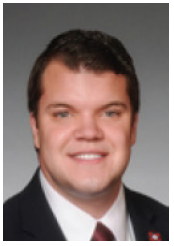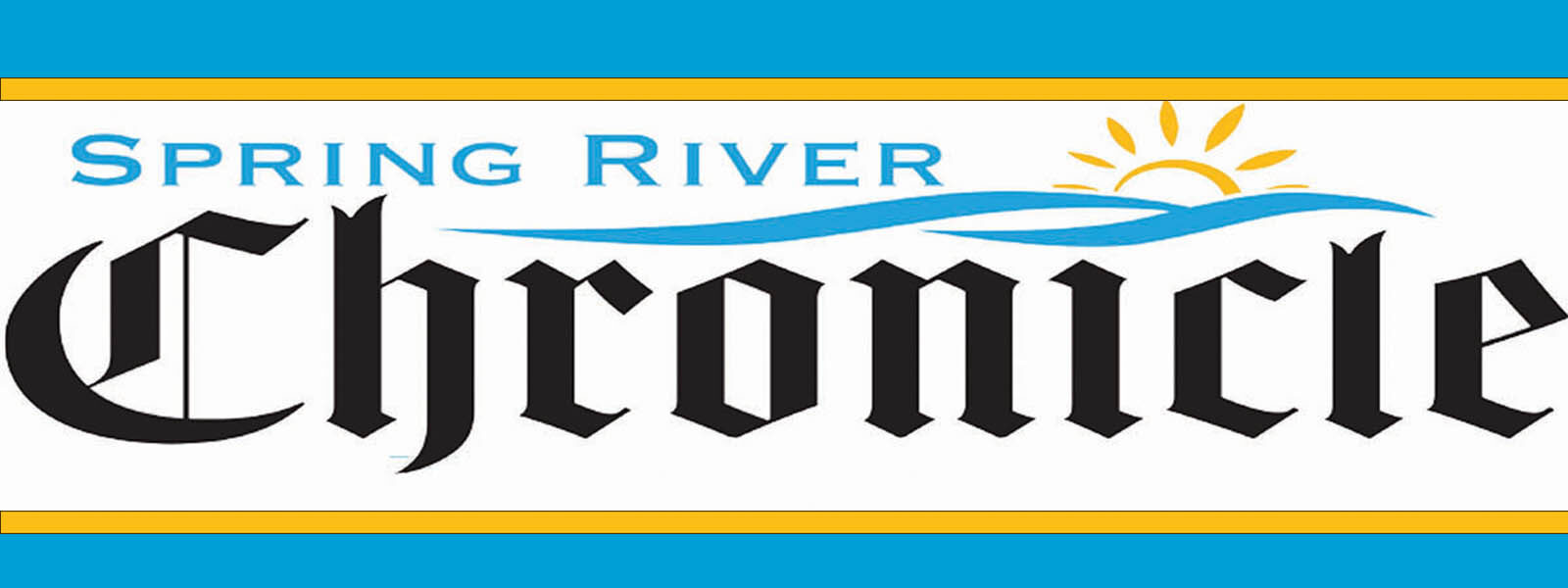
The Senate and House Committees on Education are scheduled to vote on next year’s adequacy report at their meeting in early October.
The committees went over a draft of the adequacy report at their September meeting. The legislature has been conducting adequacy reviews since 2003, to ensure that state funding of public schools is constitutionally adequate and equitable. The committee’s final report is due November 1.
There is heightened interest in this year’s report because it will lay the groundwork for any pay raises for teachers next school year. The adequacy report is important for other reasons too. It will establish the school funding matrix for next year, including recommendations for state funding of upgrades to school facilities and transportation.
Before the October meeting, some committee members want to clarify the definition of teachers, counselors, classroom aides, librarians and other certified staff.
Another issue is salary equity. Some districts pay the state minimum salary, and they have difficulty retaining teachers.
The funding matrix sets per pupil expenditures in numerous categories. One is for alternative learning environments (ALE), for students who do not learn well in traditional classrooms, perhaps due to excessive truancy or disruptive behavior. Students who are homeless, or who have suffered abuse, often need an alternative learning environment.
Another category of state funding to local schools is to provide classes for English language learners (ELL). Last school year 39,000 students, about eight percent of the total of 450,000 students in Arkansas, were in the ELL category because English was not their native language.
The spending levels in the adequacy report must take into account inflation, so the legislature subscribes to two economic data providers. They are HIS Markit and Moody’s Analytics. Both firms predict that the rate of inflation will slow down over the next five years.
During the 2023 regular session the legislature will approve public education funding for school years 2023-2024. The predicted inflation rate that year, after averaging the projections of the two economic firms, is an estimated 1.84 percent. The following school year, 2024-2025, the projected inflation rate is 2.16 percent.
The state also provides extra funding to school districts based on the number of students whose families earn less than the federal poverty level.
In 2021 the federal poverty level was $26,500 for a family of four. Children in a family of four were eligible for a reduced price lunch if their family’s income was below $49,025. That is 185 percent of the federal poverty level.
The children received free meals at school if their family income was less than $34,450, which was 133 percent of the federal poverty level.
About two thirds of the children in Arkansas public schools qualify for free meals, or meals at a reduced price.
More than 66,000 Arkansas students last year received special education because they had learning disabilities, health impairments or a combination of emotional and intellectual disabilities. More than 5,700 were on the autism spectrum. Almost 17,000 children had speech impairments.
Arkansas schools recognize 12 categories of disability to determine whether a student qualifies for special education, and whether the school should receive bonus funding.
